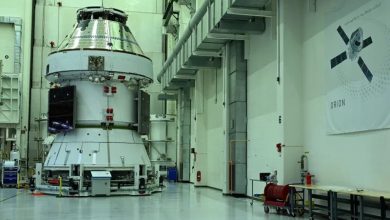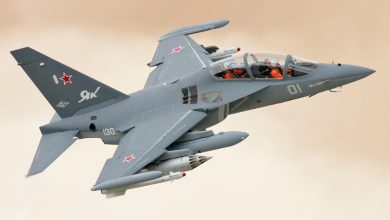
“USMC Achieves Milestone: First AH-1Z Flight Integrates LINK-16 Technology”
The United States Marine Corps (USMC) has triumphantly showcased in-flight evaluation a bidirectional link between the AH-1Z Viper helicopter and a ground station utilizing innovative Link-16 hardware and software. Bell Textron Inc., a subsidiary of Textron Inc. (NYSE: TXT), fabricates the AH-1Z Viper, while Northrop Grumman Corporation (NYSE: NOC) has engineered the Link-16 system. Link-16 is integral to an established roadmap of anticipated enhancements engineered to ensure the H-1 platform retains its technological superiority and combat effectiveness throughout its operational lifespan.
“Bell is thrilled to assist in delivering this capability to the USMC H-1 community,” stated Mike Deslatte, Bell H-1 vice president and program director. “The capacity to engage in the contemporary and interconnected battlefield makes the aircraft more formidable and better prepared to assist Marines on the ground.”
Link-16 empowers the AH-1Z—unlike any other helicopter globally with its fully integrated anti-air capability and AIM-9 Sidewinder—to swiftly acquire and disseminate information from its sensors with other armaments using its onboard digital infrastructure. This is achieved via Northrop Grumman’s Link-16 package, which encompasses a modern digital mapping solution, an updated security framework, and the Link-16 and Advanced Networking Wideband Waveform (ANW2) datalinks.
“Northrop Grumman’s Link-16 system will support U.S. Marines today, and well into the future, with essential technology that enhances coordination, collaboration, and interoperability. By facilitating the visualization and integration of Link-16 data with the H-1 system, pilots of the AH-1Z experience improved situational awareness and greater survivability,” remarked James Conroy, vice president of navigation, targeting, and survivability at Northrop Grumman. “This achievement also underscores our emphasis on ‘speed to fleet,’ owing to the remarkable timeline between demonstrating the concept and achieving the first flight. Versatility and adaptability, utilizing next-generation agile development practices, are vital for innovation and to keep pace with evolving mission requirements.”
In a partnership amongst the USMC H-1 Light/Attack Helicopter program (PMA-276), Bell, and Northrop Grumman, the team utilized commercial best practices in Agile Development methodologies. This approach delivered an under-glass solution from concept prerequisites to vehicle design testing in merely 12 months. Northrop Grumman’s Lead Technology Integration group swiftly architected and integrated a mission package for Link-16, encompassing a modern digital mapping solution, for the H-1 platform, while Bell’s H-1 program team supplied all essential vehicle analyses and modifications to incorporate the mission equipment into the existing integrated systems of the AH-1Z. United, the teams are transforming the definition of rapidly deploying integrated solutions on current fielded platforms to enhance warfighter capabilities.
“The H-1 has a rich history of battlefield experience; it has adapted to combat in various environments,” stated Col. Vasilios Pappas, PMA-276 program manager. “The incorporation of Link-16 aligns with this platform’s ability to adjust to the continuously evolving threats and fulfill the requirements of both current and future warfighters.”
The USMC has flight assessments planned for the AH-1Z throughout the summer, which will be succeeded by flight evaluations of Link-16 on the UH-1Y Venom. The service is expecting AH-1Z initial fleet integration with Link-16 by 2022.






